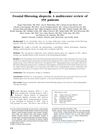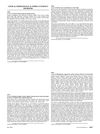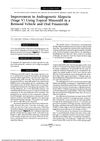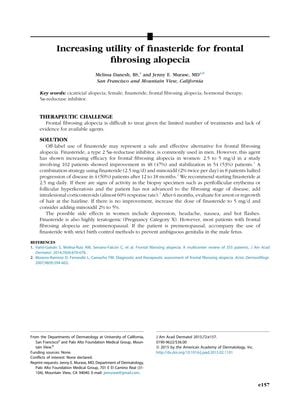TLDR Finasteride helps treat frontal fibrosing alopecia, improving or stabilizing the condition in many patients.
Frontal fibrosing alopecia is a difficult condition to treat due to limited treatment options and lack of evidence for available agents. However, off-label use of finasteride, a type 2 5a-reductase inhibitor commonly used in men, has shown increasing efficacy for frontal fibrosing alopecia in women. A study involving 102 patients showed improvement in 47% and stabilization in 53% of patients. A combination strategy using finasteride and minoxidil in 8 patients halted progression of disease in 50% of patients after 12 to 18 months. The recommended starting dose of finasteride is 2.5 mg daily, with possible side effects including depression, headache, nausea, and hot flashes. If there is no improvement after 6 months, the dose of finasteride can be increased to 5 mg/d and minoxidil 2% to 5% can be added.
 339 citations
,
February 2014 in “Journal of The American Academy of Dermatology”
339 citations
,
February 2014 in “Journal of The American Academy of Dermatology” Most patients with frontal fibrosing alopecia are postmenopausal women, and treatments like finasteride and dutasteride can improve or stabilize the condition.
54 citations
,
November 2007 in “Actas Dermo-Sifiliográficas” Early diagnosis of frontal fibrosing alopecia is crucial to prevent permanent hair loss.
 16 citations
,
January 2007 in “Actas dermo-sifiliográficas/Actas dermo-sifiliográficas”
16 citations
,
January 2007 in “Actas dermo-sifiliográficas/Actas dermo-sifiliográficas” The document concludes that there are no reliable treatments for frontal fibrosing alopecia, with only temporary benefits from current options.
 9 citations
,
January 2020 in “Skin appendage disorders”
9 citations
,
January 2020 in “Skin appendage disorders” Hair loss from conditions like LPP and FFA can potentially be reversed with the right treatment.
 April 2016 in “Journal of The American Academy of Dermatology”
April 2016 in “Journal of The American Academy of Dermatology” Finasteride effectively treated hidradenitis suppurativa.
 20 citations
,
January 2016 in “Intractable & Rare Diseases Research”
20 citations
,
January 2016 in “Intractable & Rare Diseases Research” Combination therapy, especially with finasteride, is effective for treating frontal fibrosing alopecia.
 7 citations
,
April 2007 in “PubMed”
7 citations
,
April 2007 in “PubMed” Finasteride, a hair loss drug, caused a skin rash that went away when the drug was stopped and returned when used again.
 23 citations
,
December 1995 in “Archives of Dermatology”
23 citations
,
December 1995 in “Archives of Dermatology” Combination therapy improves hair growth in advanced hair loss.








